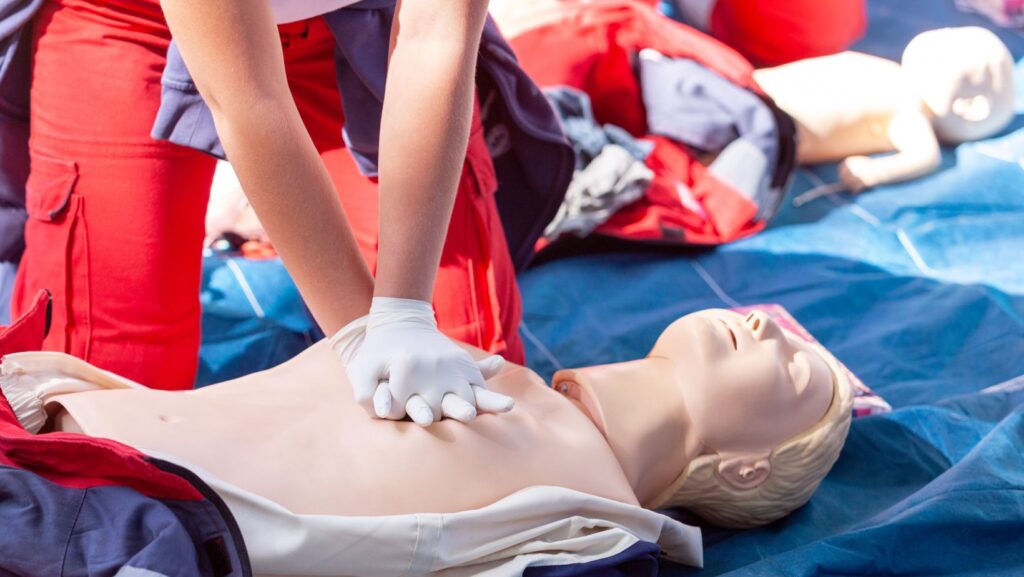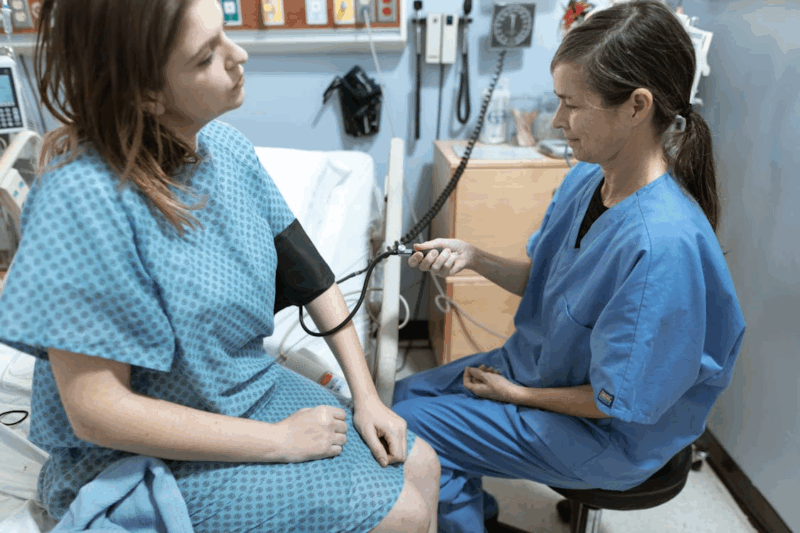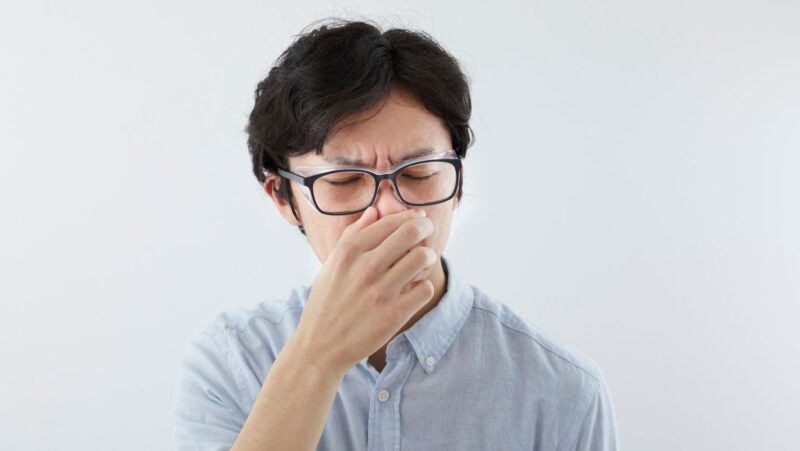
Recreational activities are those that individuals engage in for enjoyment, relaxation, and pleasure. However, medical emergencies may arise unexpectedly during these activities, requiring organizers to be prepared to handle all situations. This has led to an increase in cardiopulmonary resuscitation (CPR) certification among recreational activity organizers. Through this course, all professionals can learn skills to respond to various medical emergencies. Below, we explore the need for CPR training certification across recreational spaces.
The Importance of CPR Certification
CPR certification is a notable credential that allows professionals to perform life-saving procedures on victims who may not be able to breathe due to cardiac arrest or other emergencies. The certificate helps them perform CPR on the victim so that the oxygen flows in and out of the lungs. This also helps keep oxygenated blood flowing through the body to prevent brain damage.
CPR instructions often enable professionals to gain the confidence and skills to help victims in emergencies. This is necessary in recreational settings where people are more prone to medical risks.
Early CPR and the use of an automated defibrillator (AED) in young people with sudden cardiac arrest can result in a survival rate of 64% to 74%. It highlights the need for CPR certification among recreational activity organizers to ensure timely emergency intervention.
Benefits of CPR Certification in Recreational Settings
Athletic coaches, trainers, and recreational staff must be proficient in CPR training due to the physical nature of their work. They can also help other participants and sportspersons in cases of life-threatening emergencies. Benefits of CPR certification in such recreational settings include:
Enhanced Emergency Responses
CPR-certified staff can help with immediate intervention and medical assistance during a cardiac arrest or other emergencies. This helps increase the chances of survival rates among all the victims. Such prompt action can also temporarily relieve the victim until emergency medical services (EMS) arrives.
Increased Confidence
CPR training provides recreational activity organizers and staff with the proper knowledge and skills to respond to high-pressure situations actively. You can boost your confidence and ensure your staff can act quickly and appropriately in all last-minute medical requirements. It also allows you to work collaboratively in medical emergencies and save as many lives as possible.
Prevents Brain Damage
Immediate CPR helps maintain efficient blood flow to the victim’s brain and other organs in the body. This helps reduce the risk of organ failure, specifically organ damage. Accidents and physical exertion are common in recreational settings. So, knowing how to perform CPR can prevent long-term damage to participants.
Compliance with Safety Regulations
Many recreational facilities are required by law or regulation to have CPR-certified personnel on-site. This specifically applies to those catering to youth sports. A CPR certification ensures organizers’ compliance with these regulations. It also helps reduce the legal liability of the owners and other staff in case of an emergency.
Reduced Risk of Fatalities
Sudden cardiac arrest (SCA) may happen without warning, especially in physically active individuals. Immediate CPR, including the use of an AED, can increase survival rates in these participants. The more CPR-certified personnel in the area, the lesser the risk of fatalities.
Improved Safety Culture
Any recreational setting with CPR-certified organizers and staff help promote the culture of safety within the organization.
This also encourages everyone who works within the settings to take precautions seriously. It helps create a safer environment for the participants who visit the settings regularly.
Better Preparedness for Emergencies
CPR training courses are not limited to resuscitation and chest compression efforts. They also cover other emergency response techniques like handling choking, respiratory emergencies, and other first-aid requirements. This ensures that the organizers and staff can respond to any medical crisis at any moment.
Better Leadership Skills
CPR certification prepares your staff to handle medical emergencies and promotes leadership skills. Training in CPR allows organizers to take charge of a situation and effectively direct others. You can quickly manage all emergency response protocols across recreational settings.
It lets you build leadership qualities that benefit your team and community. You can easily lead all high-pressure situations and regular operations. Parents, participants, and attendees feel more secure knowing that trained professionals are on-site and ready to act in an emergency.
How to Get Started with CPR Training?
The steps to pursue CPR certification are straightforward, and any professional can follow them to get started with the process. If you are a recreational activity organizer, consider the steps below:
Select Your Training Provider
Search for certified training providers offering hands-on experiences integrating AED training with CPR techniques. You can search the internet promptly to find organizations that provide recognized courses.
Make the Certification Mandatory
You can encourage or mandate employees to undertake CPR training to work with a more prepared and cohesive workforce. Consider incorporating the requirement into employee onboarding processes or offer incentives for course completion.
Ensure Regular Recertification
You must refresh and update your skills regularly to ensure you can handle emergencies in all situations.
Ensure you complete the recertification process ahead of your CPR certificate’s expiry. This enables you to keep up with the latest CPR guidelines and techniques. It also helps you maintain the effectiveness of all life-saving interventions.
Invest in AED Tools and Accessories
The availability of AEDs is the key to ensuring a safer environment in any recreational setting. Ensure that appropriate numbers of AED units are placed across strategic locations throughout the place. Stock up on key accessories like pads and batteries to ensure the devices are functional and ready for emergency use.
Pursue CPR Certification Now
Recreational activities have several health benefits and help you build social relationships. However, you must ensure the safety of the participants as an organizer. This involves pursuing a CPR certification to ensure you can assist victims in emergencies and improve health outcomes.
You can reflect your expertise as a professional in ensuring participant welfare across recreational settings. Enroll in a recognized organization to become a CPR-certified organizer. Do not forget to get recertified on time to continue enhancing your skills and knowledge in this field.













